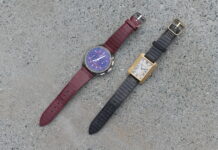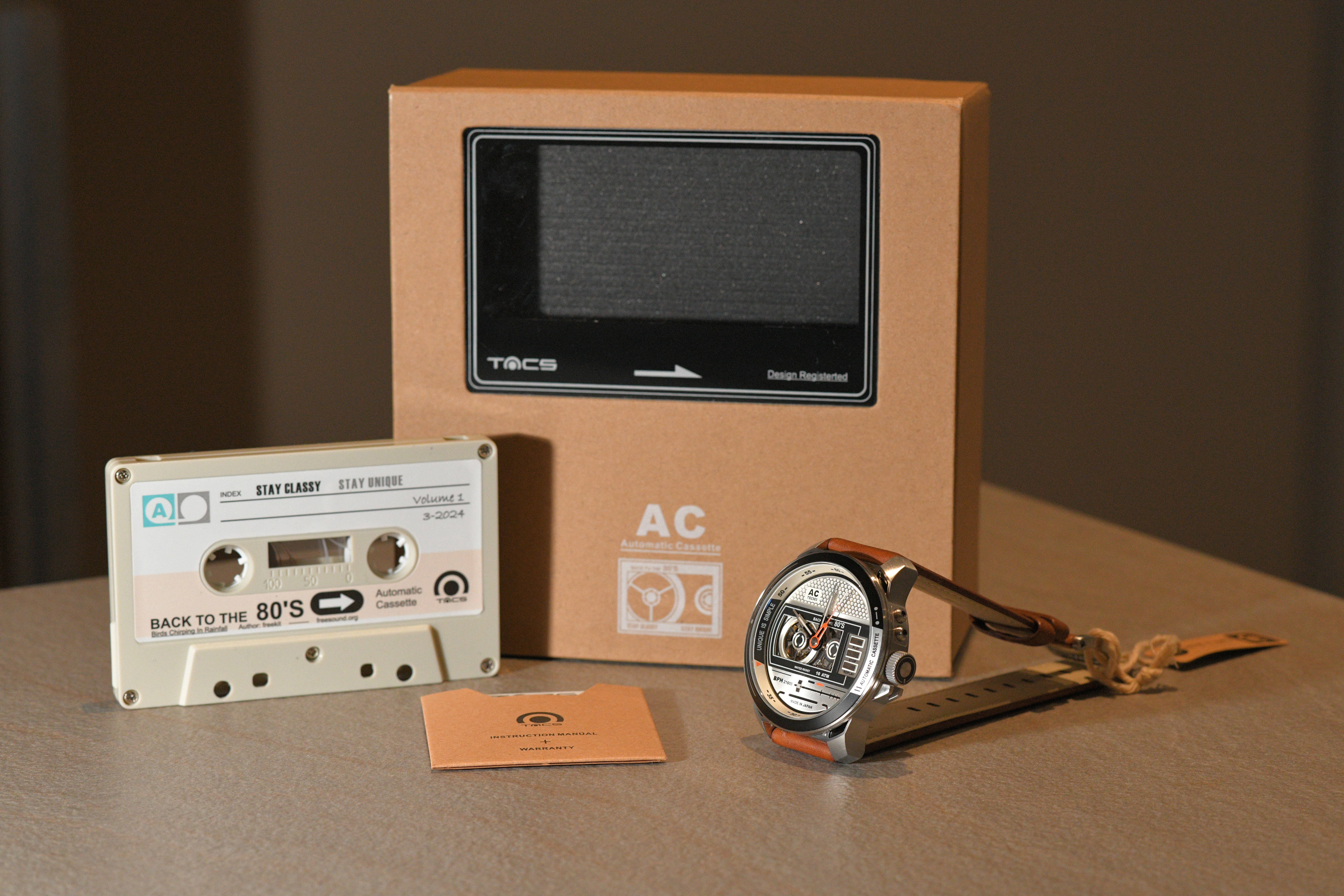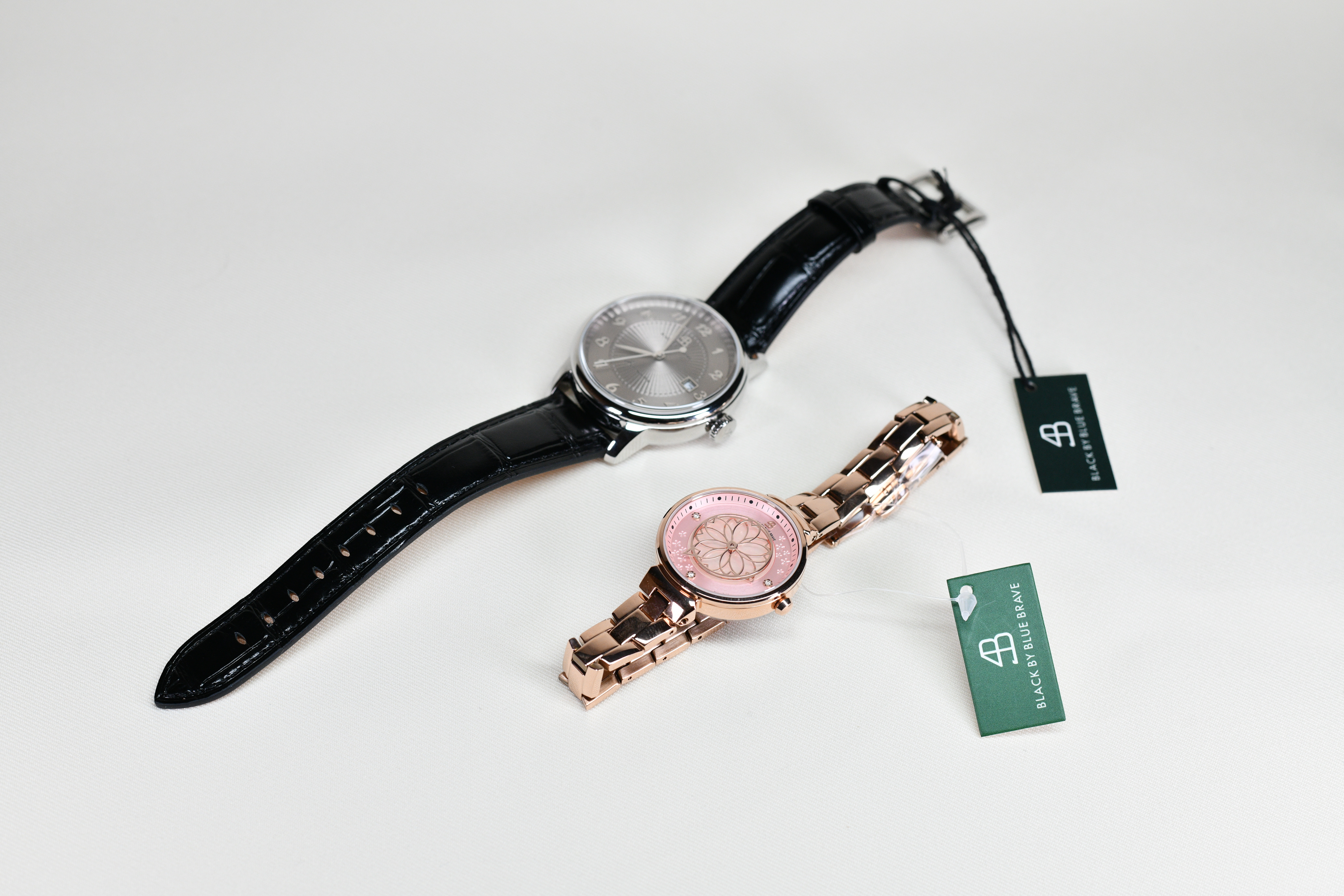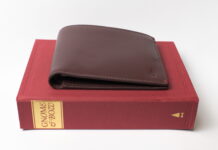Hello everyone! In this article, I’ll be shining a spotlight on my recent watch acquisition, the Tag Heuer Monaco CAW211B.
This is essentially a rebranded version of my previous #NWA series. By positioning the watches I feature as a personal purchase, it unfortunately attracted some flak (from a small, but vocal minority) who criticized the sale of the watches thereafter – something I touched briefly on in an op-ed here. By renaming the series, I wish to refocus the attention on the watches themselves, which has always been the intention.
Without further ado, let me explain why I love the Tag Heuer Monaco CAW211B – so much so that I eventually bought one!
TAG Heuer Monaco CAW211B – Video
For those interested in some hands-on footage of the Heuer Monaco CAW211B, do check out my Youtube video of it below:
1) Design icon
If I had a dollar every time a watch is described as an “icon”, I could probably buy another one of these. In my opinion, a watch is iconic only if it has remained virtually unchanged in design since its inception – examples like the Cartier Tank, JLC Reverso, Rolex Submariner, Omega Speedmaster, and the Audemars Piguet Royal Oak comes to mind. In the same vein, the Monaco is truly an icon, with its trademark square case and left-hand crown withstanding the test of time.
Don’t just take it from me – popular watch Youtuber Teddy Baldassarre feels the same way. There’s just no mistaking the Monaco’s unique square case and boxed sapphire crystal. It’s undoubtedly the most striking model in Tag Heuer’s current catalogue (definitely more so than the Carrera), and is arguably the definitive sports chronograph due to its appearance on Steve McQueen’s wrist in the greatest racing film of all time, Le Mans.
2) Trailblazer
The Monaco was also a pioneer on two fronts. Firstly, its Calibre 11 (made in development with Breitling, Hamilton-Buren, and movement maker Dubois Depraz) was one of the first automatic chronographs to hit the market, alongside Zenith’s El Primero movement and Seiko’s Calibre 6139. An automatic chronograph was seen as such a feat that then CEO Jack Heuer consciously chose to have the crown of the Monaco to be positioned on the left, so as to remind customers that the watch did not require manual winding.
However, the 1969 Monaco was also notable for being the first water-resistant square watch. Though rectangular watches and round watches are a dime a dozen, square watches were far from the norm, much less water-resistant ones. Conceived by case designer Piquerez, the square case utilised a square gasket, instead of round gaskets as was the standard in square watches back then. Jack Heuer acquired the patent for the design, and the Monaco was born.
In many ways, the Heuer Monaco was a rebel. At a time where most watch companies (including Rolex) were making small, 34-36mm round dress watches, Jack Heuer and his eponymous brand decided to take the path less taken and create a hulking, 39mm square monster of a watch. It was a radical approach to watchmaking and design, and even today the Monaco is still viewed as an unconventional timepiece. There’s a defiance about the Monaco that resonates with me and it serves as a reminder to follow the road less travelled.
3) Fifty shades of Grey
When one thinks of the Monaco, one invariably thinks of the blue dial variant – after all, that was the model Steve McQueen wore in Le Mans. Consequentially, the most common Monaco one sees has a blue dial, be it the Calibre 11 left-hand crown variant, or the new in-house Heuer 02 powered reference. The ubiquitous nature of blue-dial Monacos made them less appealing to me – I wanted to take the road less travelled after all.
I happened to chance across this particular ref. CAW211B while reading an article by Revolution on the history of the Monaco. I instantly fell in love with the brushed grey dial, which felt eminently more striking than the matte blue dial of the CAW211P. It’s a breath of fresh air. But unlike recent releases (such as the green Monaco “Grand Prix”), it’s not different simply for the sake of it, but actually possesses historical provenance.
When the Monaco launched in 1969, it was available in two guises – the ref. 1133B (for blue), and the grey ref. 1133G. As can be seen from the photo above, the CAW211B is a dead ringer for the original with its brushed grey dial, red accents, black sub-dials, horizontal markers, as well as the vintage Heuer logo.
In other words, I love the CAW211B because it’s not only an uncommon watch (it’s also limited to 1860 pieces), but also one that pays tribute to the original grey-dial Monaco. Its design feels avant-garde and vintage in equal measure – a tantalising balance that the Monaco pulls off with aplomb.
4) Affordability
Let’s be frank – TAG Heuer’s prestige has suffered somewhat in recent years, resulting in steep depreciation on the secondary value of most of their timepieces. While the Monaco (being TAG’s best-known watch) retains its value relatively well, it still pales in comparison to other “icons”. Currently, the grey CAW211B and the blue CAW211P with full sets can be found on Chrono24 for around S$6000, which constitutes a ~30% discount on its MSRP.
While not an insignificant sum, I would say that S$6000 is pretty good value for one of the most iconic, if not the most iconic racing chronograph in horology. In a world of astronomical prices, the Monaco is a relative bargain, one that possesses plenty of horological street cred without breaking the bank.
P.S Do check out the new “Discounts!” page for exclusive discounts for Wah so Shiok readers! More brands will be added very soon – stay tuned!
P.S.S If you haven’t already, do follow my social media channels on Facebook here, and on Instagram here!
P.S.S.S Shiok is a common word Singaporeans use to express admiration or approval. As of 2016, you can find the definition of the word in the Oxford English Dictionary.





































